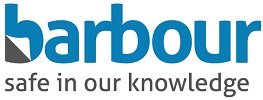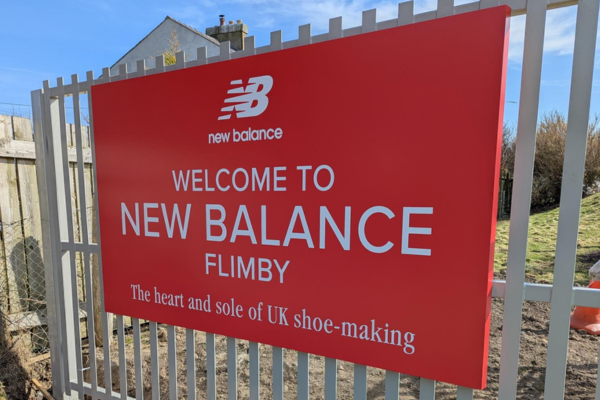Rebecca May, Barbour EHS | 13th May 2025
In the demanding and ever-changing world of Environment, Health, and Safety (EHS) compliance, balancing day-to-day operations with the rigorous requirements of ISO accreditation is no mean feat.
Recently, Teresa Dier from Barbour EHS sat down with Matt Egeland, Senior EHS Manager at New Balance, to discuss the company’s journey and commitment to its ISO certifications, implementing best practices internationally, and the invaluable lessons learned.



